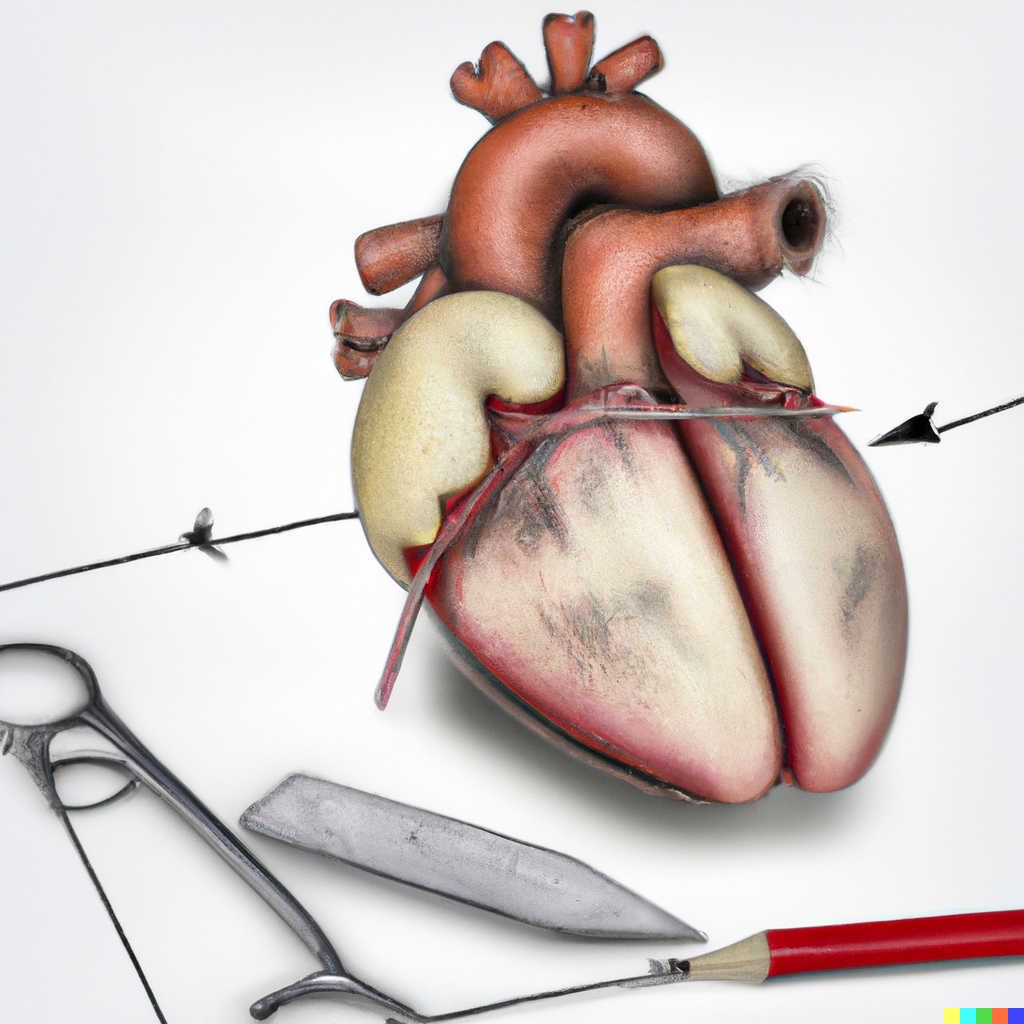The most common pathologies in cardiology are coronary artery disease, hypertension, and heart failure.
These conditions are caused by a variety of factors, such as high blood pressure, high cholesterol, smoking, and diabetes.
Coronary artery disease
Coronary artery disease is a type of artery disease that affects the arteries that supply blood to the heart. The most common subtypes of coronary artery disease are:
- Atherosclerosis is the most common type of coronary artery disease, and it occurs when cholesterol and other substances build up in the walls of the arteries, forming plaques. Over time, these plaques can narrow the arteries, making it difficult for blood to flow through them and supply the heart with oxygen and nutrients.
- Coronary artery spasm occurs when the arteries that supply blood to the heart constrict or become narrowed, reducing blood flow to the heart. This can be caused by a variety of factors, including emotional stress, exposure to cold, or use of certain medications.
- Coronary artery dissection occurs when the inner layers of the arterial wall tear, causing blood to leak between the layers. This can lead to a blockage in the artery, reducing blood flow to the heart.
- Coronary artery aneurysm occurs when a section of the coronary artery wall becomes weakened and bulges outwards. This can cause a blockage in the artery, reducing blood flow to the heart.
Treatment for these subtypes of coronary artery disease may include lifestyle changes, medication, and in some cases, surgery.
Hypertension
Hypertension, or high blood pressure, is a common condition in which the force of the blood against the artery walls is too high. There are several different subtypes of hypertension, including:
- Primary hypertension is the most common type of hypertension, and it develops gradually over time with no identifiable underlying cause.
- Secondary hypertension is caused by an underlying condition, such as kidney disease, sleep apnea, or hormonal imbalances.
- Isolated systolic hypertension occurs when the systolic blood pressure (the top number in a blood pressure reading) is elevated, but the diastolic blood pressure (the bottom number) is normal.
- Malignant hypertension is a severe form of hypertension that can cause damage to the heart, kidneys, and other organs. It typically develops rapidly and requires immediate treatment.
Treatment for hypertension may include lifestyle changes, such as eating a healthy diet and exercising regularly, as well as medication. In some cases, surgery may be necessary to treat underlying conditions that are causing hypertension.
Heart failure
Heart failure is a condition in which the heart is unable to pump enough blood to meet the body's needs. There are several different subtypes of heart failure, including:
- Systolic heart failure occurs when the heart's ability to pump blood is reduced because the heart muscle has become weak or stiff.
- Diastolic heart failure occurs when the heart's ability to fill with blood is impaired, often due to the heart muscle becoming stiff.
- Left-sided heart failure occurs when the left side of the heart is unable to pump enough blood to the rest of the body.
- Right-sided heart failure occurs when the right side of the heart is unable to pump enough blood to the lungs to be oxygenated.
Treatment for heart failure may include lifestyle changes, medication, and in some cases, surgery to repair or replace the heart.

